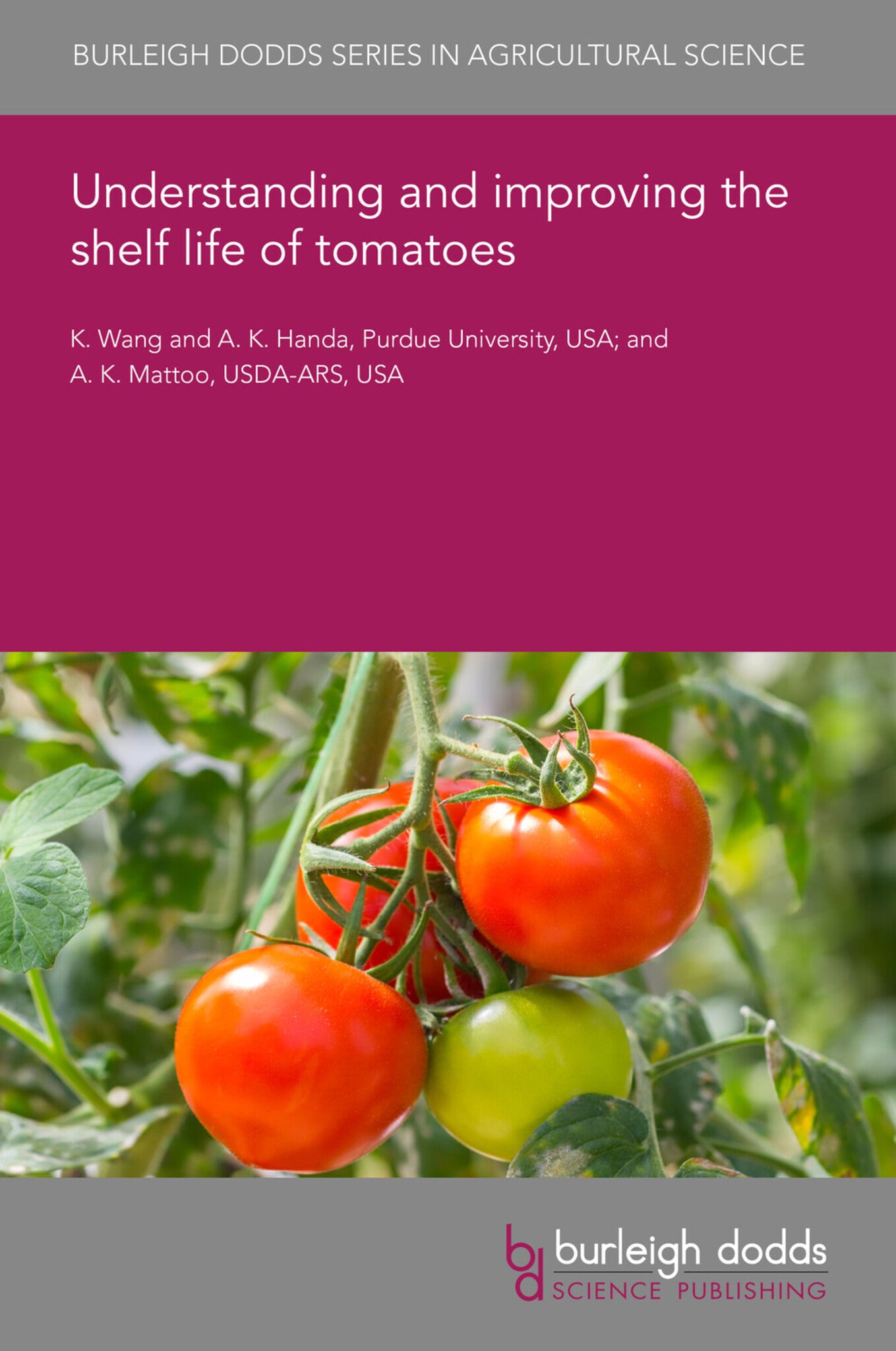We're sorry. An error has occurred
Please cancel or retry.
Understanding and improving the shelf life of tomatoes

Some error occured while loading the Quick View. Please close the Quick View and try reloading the page.
Couldn't load pickup availability
- Format:
-
31 March 2017


TECHNOLOGY & ENGINEERING / Agriculture / Sustainable Agriculture, Commercial horticulture, SCIENCE / Life Sciences / Horticulture, TECHNOLOGY & ENGINEERING / Agriculture / Agronomy / Crop Science, Botany and plant sciences, Sustainable agriculture, Agronomy and crop production

1 Introduction 2 Natural variability 3 Ripening mutants 4 Molecular determinants 5 Role of cell wall proteins 6 Role of epidermal waxes 7 Hormonal regulation 8 Controlling pathogen-based impairments 9 Pre-harvest strategies 10 Post-harvest chemical application 11 Post-harvest management 12 Conclusion and future trends 13 Where to look for further information 14 Acknowledgements 15 References



